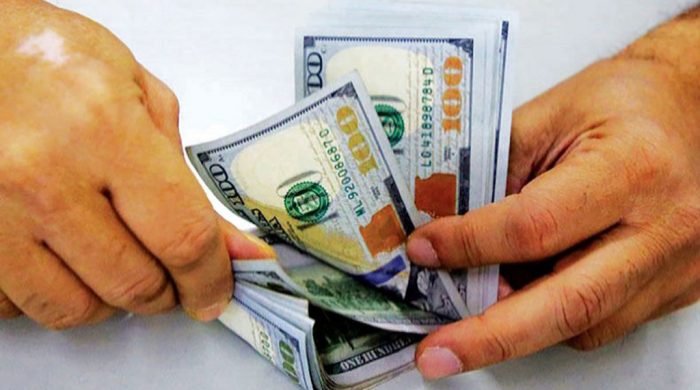Remittance inflow to Bangladesh rises in May on dollar rate hike, Eid-ul-Azha

- Update Time : Monday, June 3, 2024
- 43 Time View

Remittance inflow to Bangladesh increased in May compared with that in the previous month, driven by a hike in the dollar rate and the forthcoming Eid-ul-Azha, one of the biggest religious festivals of the Muslims.
According to Bangladesh Bank data, remittance inflow reached $2.25 billion in May, up from $2.04 billion in April and $1.99 billion in March.
The inflow in May was the highest single-month inflow since July 2020, when it peaked at $2.5 billion amid the Covid pandemic.
The inflow was $1.69 billion in the same month in the past year.
On May 8, the Bangladesh Bank devalued the local currency to Tk 117 a US dollar from Tk 110, introducing the Crawling Peg Exchange Rate System for buying and selling dollars.
This devaluation has made the formal channel more attractive for expatriates to send remittances, as they are receiving a higher rate for the dollar, bankers said.
Previously, many preferred the informal channel due to significant price differences between the two, they said.
The substantial hike in the dollar rate reduced the gap between formal and informal channels, encouraging more remittances through official means, they said.
However, the dollar price hike has caused concern in the business community, as their operating costs have increased significantly, which is expected to lead to higher consumer prices, they added.
Remittance inflows also typically rise before Eid-ul-Fitr and Eid-ul-Azha, the two biggest religious festivals of the Muslims.
Eid-ul-Azha in which the Muslims sacrifice animals will be celebrated in the country later this month.
For the period from July to April in the current financial year 2023-24, remittance inflow reached $21.3 billion against $19.1 billion earned in the same period of FY 2022-23.
However, dollar crisis persists on the market as many businesses could not open letters of credit for importing raw materials, hampering their business operation, bankers said.
Responding to the severe dollar crisis, the Bangladesh Bank sold nearly $32.79 billion over the past 34 months.
Of this amount, $11.67 billion was allocated to banks in July-January of FY24, $13.5 billion in FY23 and $7.62 billion in FY22.
According to International Monetary Fund guidelines, the gross foreign exchange reserve in Bangladesh reached $18.6 billion on May 30.
The government and the central bank have taken various measures to increase remittance inflow through formal channels, BB officials said.
On January 1, 2022, the government increased cash incentive on remittances to 2.5 per cent from 2 per cent to encourage migrants to send more money through the banking channel.
Taking the dollar shortage into consideration, the Bangladesh Bank has recently issued a circular saying that expatriates do not have to show documents to send any amount of money to the country.















